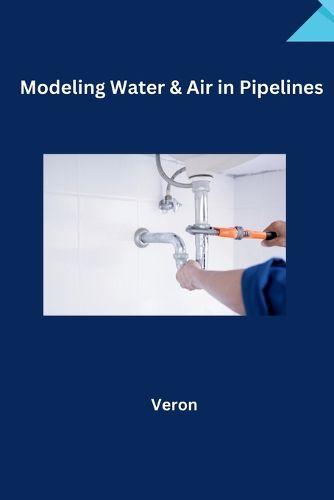Readings Newsletter
Become a Readings Member to make your shopping experience even easier.
Sign in or sign up for free!
You’re not far away from qualifying for FREE standard shipping within Australia
You’ve qualified for FREE standard shipping within Australia
The cart is loading…






Emptying pipelines can be a complex task. While existing methods remove most of the liquid, a frustrating gap often remains - residual fluid trapped in dips or bends. This "gap analysis" tackles this challenge. By analyzing pipeline geometry and the properties of the fluid, engineers pinpoint these problematic zones. Advanced modeling techniques simulate the flow dynamics, pinpointing areas where residual fluid concentrates. This analysis equips engineers to bridge the emptying gap. They can adjust procedures, like using pumps or compressed air for targeted expulsion from identified zones. Additionally, pipeline design itself can be improved, incorporating features that minimize residual pockets during future emptying. Gap analysis empowers engineers to optimize pipeline emptying, saving time, resources, and minimizing the risk of contamination from leftover fluid
$9.00 standard shipping within Australia
FREE standard shipping within Australia for orders over $100.00
Express & International shipping calculated at checkout
Emptying pipelines can be a complex task. While existing methods remove most of the liquid, a frustrating gap often remains - residual fluid trapped in dips or bends. This "gap analysis" tackles this challenge. By analyzing pipeline geometry and the properties of the fluid, engineers pinpoint these problematic zones. Advanced modeling techniques simulate the flow dynamics, pinpointing areas where residual fluid concentrates. This analysis equips engineers to bridge the emptying gap. They can adjust procedures, like using pumps or compressed air for targeted expulsion from identified zones. Additionally, pipeline design itself can be improved, incorporating features that minimize residual pockets during future emptying. Gap analysis empowers engineers to optimize pipeline emptying, saving time, resources, and minimizing the risk of contamination from leftover fluid